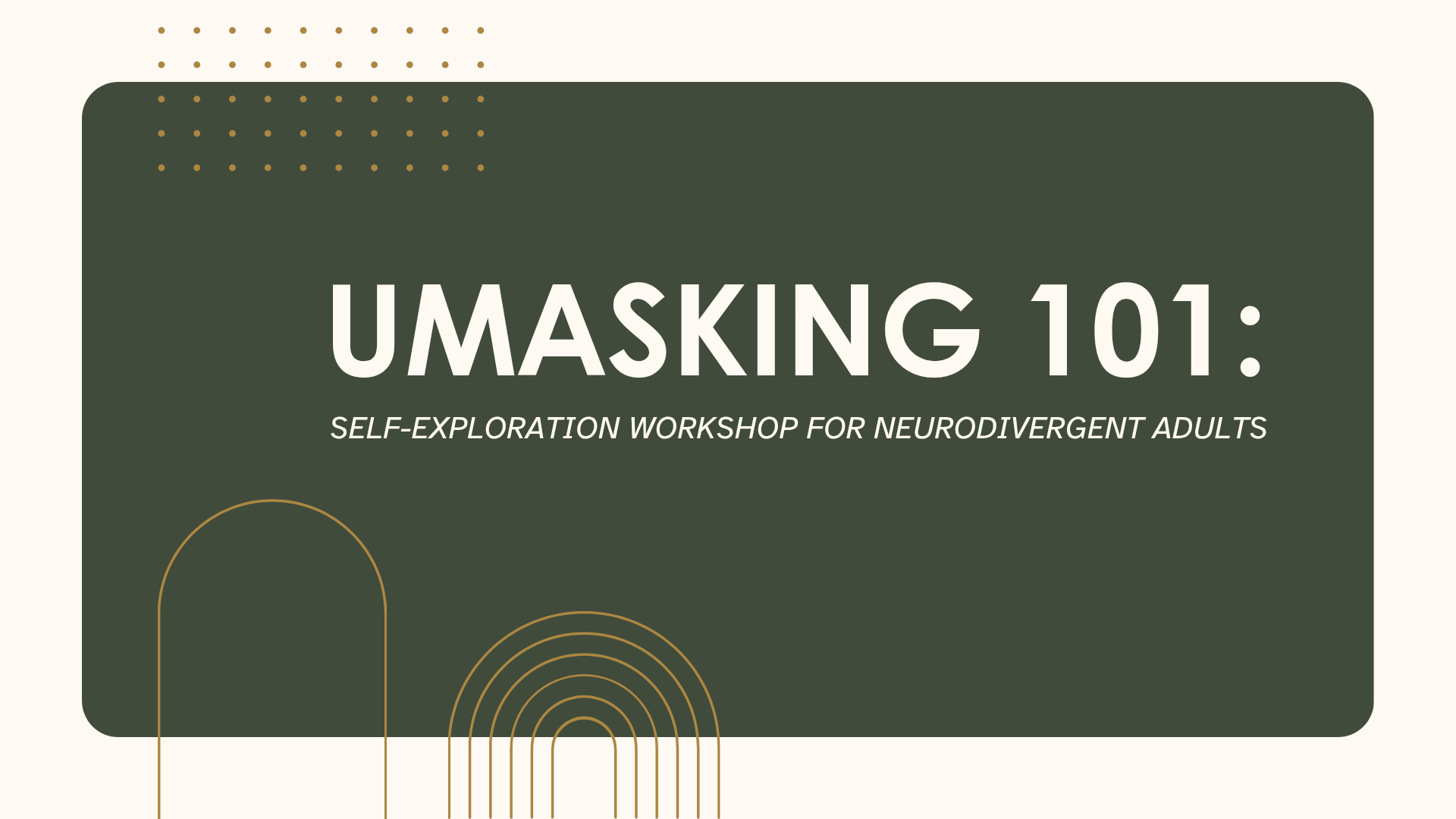 Image 1 of 1
Image 1 of 1


Types of Masking – Understanding How Neurodivergent People Adapt
Masking isn’t just one thing—it shows up across multiple areas of life. This guide helps you identify the types of masking and understand their impact on wellbeing:
Social Masking: Learning and imitating behaviors, scripts, or expressions to appear neurotypical
Emotional Masking: Suppressing feelings to seem regulated or acceptable
Sensory Masking: Hiding or controlling sensory needs or stimming to avoid stigma
Cognitive Masking: Overanalyzing interactions and constantly self-monitoring speech, tone, or body
Why it matters:
Recognize patterns that drain energy
Increase self-awareness and authenticity
Begin the journey toward unmasking safely and sustainably
Small insights today can protect your energy and reclaim your authentic self.language
Masking isn’t just one thing—it shows up across multiple areas of life. This guide helps you identify the types of masking and understand their impact on wellbeing:
Social Masking: Learning and imitating behaviors, scripts, or expressions to appear neurotypical
Emotional Masking: Suppressing feelings to seem regulated or acceptable
Sensory Masking: Hiding or controlling sensory needs or stimming to avoid stigma
Cognitive Masking: Overanalyzing interactions and constantly self-monitoring speech, tone, or body
Why it matters:
Recognize patterns that drain energy
Increase self-awareness and authenticity
Begin the journey toward unmasking safely and sustainably
Small insights today can protect your energy and reclaim your authentic self.language




